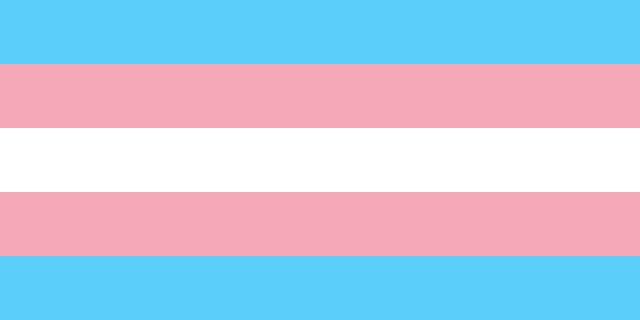Society fears difference: trans women
October 21, 2022
For a lot of people, it is obvious that trans people should be accepted. For others, it’s not as apparent. Acceptance is something that the LGBTQ+ community seldom receives from society. Transgender people, for one, constantly experience the pain of not being accepted by those around them.
Trans people are at the brunt of bigotry, but trans women in particular have been facing a lot of stigma recently. The explanation of why is unfortunate but simple: people have a hard time accepting those who are different from them.
For some, transgender women don’t fit society’s definition of normal. Many neuroscientific studies show uncertainty feels similar to failure in our brains, causing us to avoid it at all costs. According to the National Library of Medicine, the ‘norms’ for being a man include: being a risk-taker, having a disdain for homosexuality, having control over their emotions, having power over women, and being able to rely on only yourself.
Each of these standards are typically held sacrosanct by cisgender men, even if unintentional. This can mean that any time someone strays from the path of masculinity by exploring their femininity, they risk being shunned by others around them.
Gendered clothing is a great example of this unnecessary societal ideal. Masculine clothing can be as simple as jeans and a T-shirt, while feminine clothing seems to catch the eye with pretty patterns, fancy dresses, and stylish accessories. Interestingly, cisgender women can also wear jeans and a T-shirt, and barely anyone would bat an eye. A woman can wear both traditionally feminine and masculine clothing, and it’s hard for the people around them to notice. But, if a man wears traditionally feminine clothing, they stick out like a sore thumb.
According to the University of The People, when we don’t understand something or don’t know what will happen, we make up scenarios in our head, which creates worry. In turn, this creates a sort of ‘Monster Under The Bed Syndrome’, where people have a hard time distinguishing the image in their head from the reality of the situation. It causes false images of groups of people that don’t have much of a similarity to reality and end up developing hatred towards the group.
These false images are often fed into by the harmful stereotypes given to men. Since men tend to have a higher sex drive due to testosterone, a stereotype could be that men are only controlled by their sex drive. Which, for some people, is inadvertently applied to trans women as well. Causing a false, dangerous idea that trans women only transition to prey on cisgender women; a ridiculous concept.
While these are some issues that trans women face, there is hope for a better tomorrow. We live in an age where it is much more acceptable to be trans than it was 100 years ago, and that trend of moving towards acceptance – while slow – is still in the right direction. Slowly, the community is working towards change by bringing people to an understanding that difference is not something to be feared.

![Prom king Colin Napier and queen Leah Hopkins dance the night away during the Golden Gala on April 26th. Prior to the prom, the Student Government must make many preparations over the course of months in order to ensure it goes off without a hitch. However, their work eventually pays off when it comes time for the dance. “We set up [the prom] the day before, and it’s horrible. We’re there for a very long time, and then we get our beauty sleep, and then we get ready for prom the next day,” Aubrie Sandifer said.](https://oviedojournalism.com/wp-content/uploads/2025/05/Oviedo-197-800x1200.jpg)






![Hopkins at Honor Grad with golf coach John McKernan. As Hopkins’ golf coach for the last two years he has seen Hopkins’ growth as a player and person along with their contributions to the team. “[Hopkins] has just been really helpful since I took [the golf team] over, just anything I wanted to do I ran by [Hopkins],” said McKernan.](https://oviedojournalism.com/wp-content/uploads/2025/05/B66A7760-800x1200.jpg)































